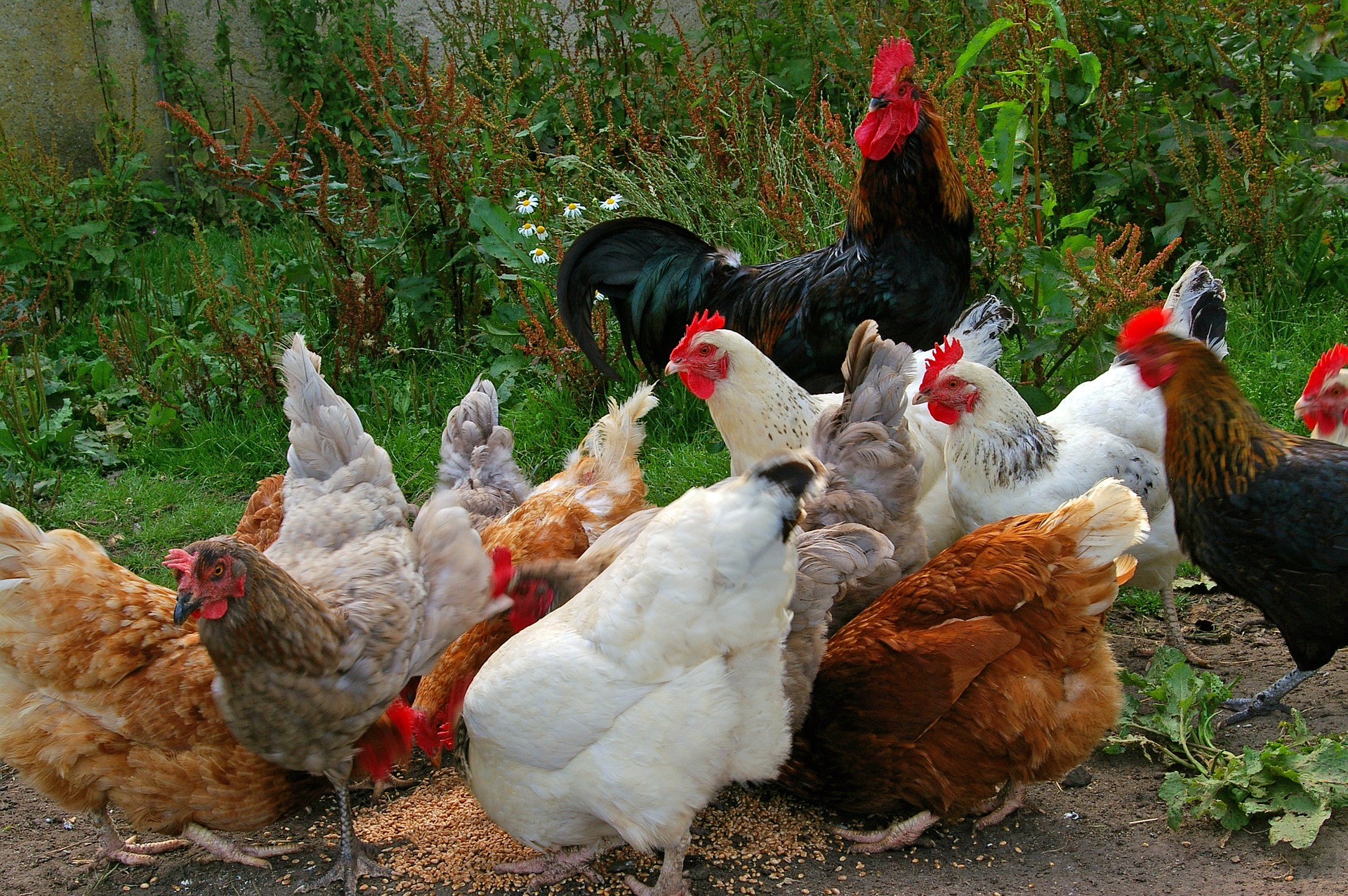I was at a loss for words. What was this? My handsome Italian server had placed a heaping plate of black spaghetti in front of me, sprinkled with bits of calamari, tomatoes and zucchini strips. Colorful, to say the least. I tried very hard not to think of worms.
Just then a soft breeze came through the open window of the exotic oceanfront restaurant, La Terazza di Mimi, on Ventotene Island. I breathed in deeply and glanced around the table at my friends who had received the same pasta dish. Since we were there to experience local cuisine chosen for us by the staff, I asked my server what the dish was called. “Spaghetti al nero di seppia” (spaghetti with squid ink). “È molto eccellente,”he replied with a smile.
I must confess, at the end of the meal, that the server was right. It was surprisingly delicious. The squid ink sauce was smooth, delicate and just a little salty. Would I order a plate of Spaghetti al nero di seppia again? Absolutely!
What I have learned since is that pasta with squid ink is one of the most common recipes of the Italian coastal regions. Believed to have originated in Sicily, you can find various versions of it in nearly every region in Italy. Cuttlefish, or squid, has always been a favorite food for fishermen’s families and nothing goes to waste, including the ink.
The squid produces the ink as a defense mechanism, which it releases as a dark cloudy liquid to confuse a predator. Found to be rich in antioxidants and iron, squid ink is a nutritious little commodity. “… researchers have discovered that squid ink protects white blood cell production, which ultimately gives immunity a helpful boost. Moreover, several studies have found that the ink possesses antitumor and antibacterial characteristics,” claims Carolanne Wright on Natural News.
Squid ink pasta can refer to pasta with either a black squid ink sauce, or black pasta made with squid ink as one of the ingredients.






























